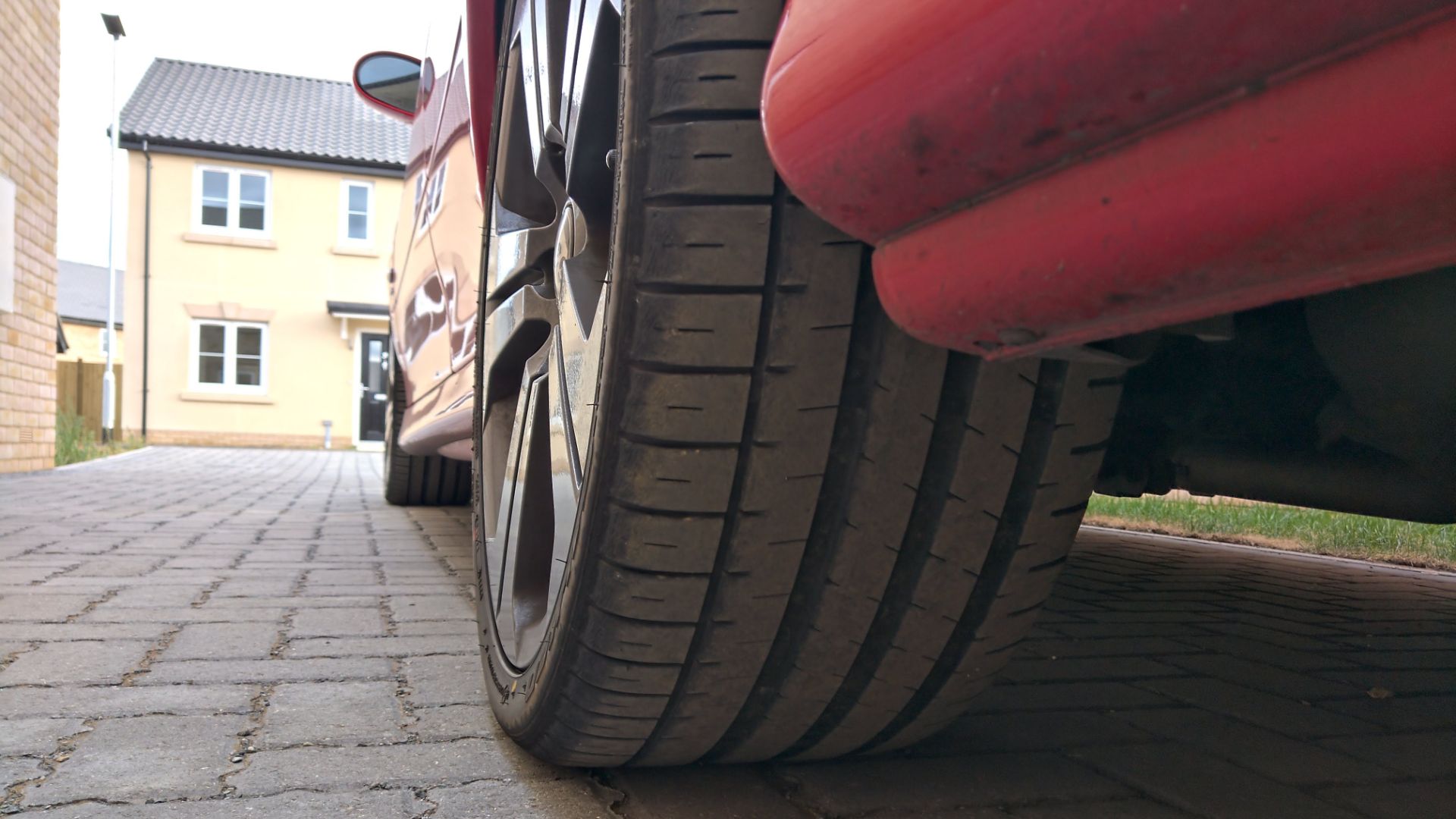
It’s difficult to overstate the importance of tyres when it comes to safety. They’re the only part of a car that touches the tarmac, so every input you make – acceleration, steering or braking – must go through them.
Their contact patch with the road is much smaller than you’d think, too: about the size of your computer keyboard across all four tyres.
There’s a reason all racing drivers are obsessed with tyres, then. And they’re just as vital for road driving. Read our five-minute guide to make sure you choose the right tyres and stay safe.
Are premium tyre brands better?
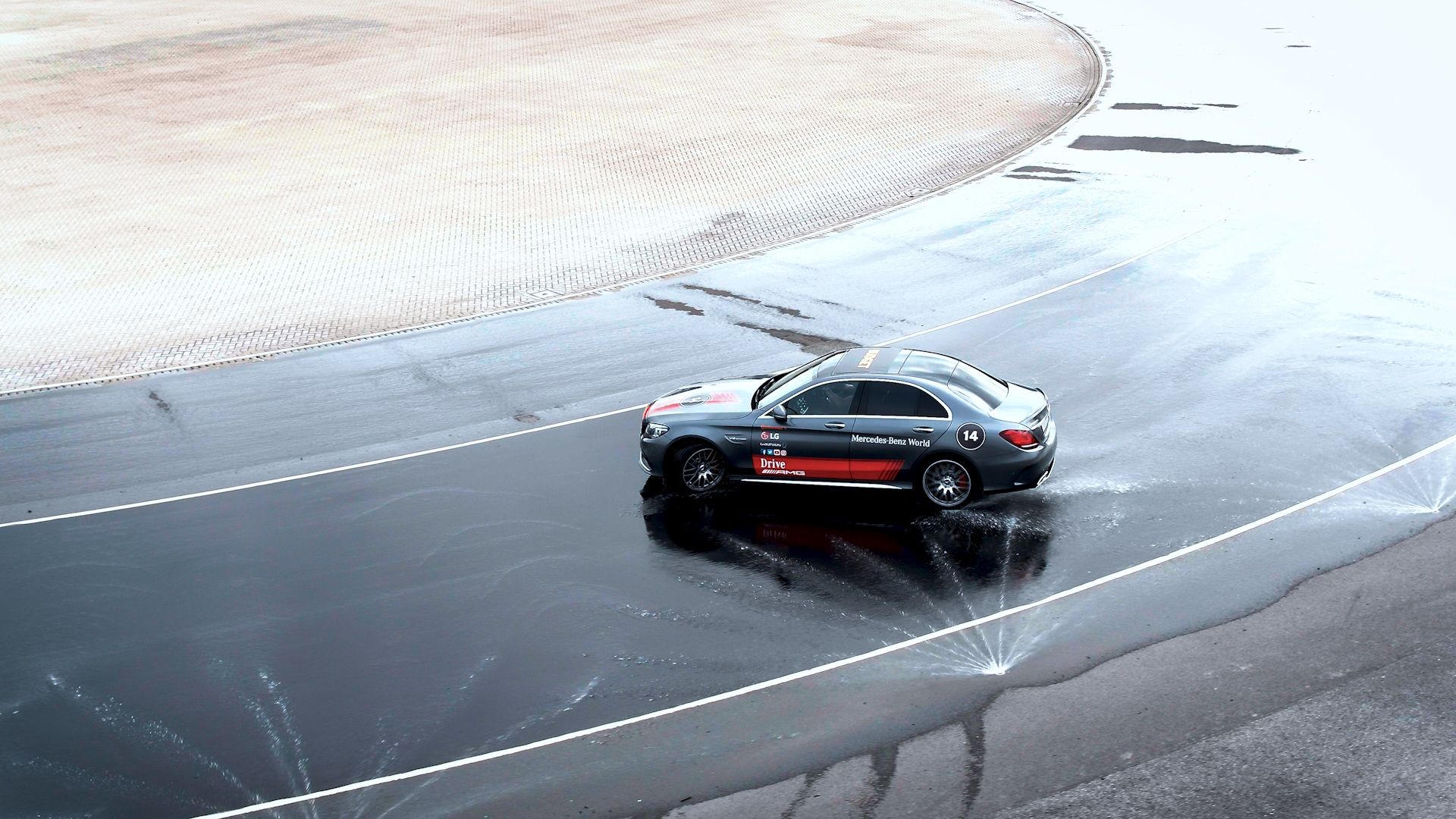
Never has the mantra ‘you get what you pay for’ been truer than with tyres. They’re one of the few products where you really are better off plumping for a premium brand.
In a back-to-back test by journalist Jonny Smith, the dramatic differences between the name-brand and budget tyres was apparent. Comparing two identical examples of the Mercedes-AMG C63, the car with ‘premium’ Continental rubber performed much better in handling, braking and agility tests.
“Many people want to know why premium tyres are preferable to budget brands,” said Smith. “With tyres the only part of your car in direct contact with the road, it makes sense to ensure they’re the best quality possible.”
It’s not all about the high-performance stuff, though. Some tyres won’t be the right fit for your car. The track-focused Pirelli P Zero Trofeo R is not the right choice for a Toyota Prius, for instance. Likewise, eco-oriented tyres from a well-regarded brand won’t suit a McLaren Senna.
In direct comparisons using the tyre energy label, however, it’s still name brands that do best. A good mid-range tyre that performs well across fuel economy, wet weather and noise should suit most needs.
Tyre energy labels: explained
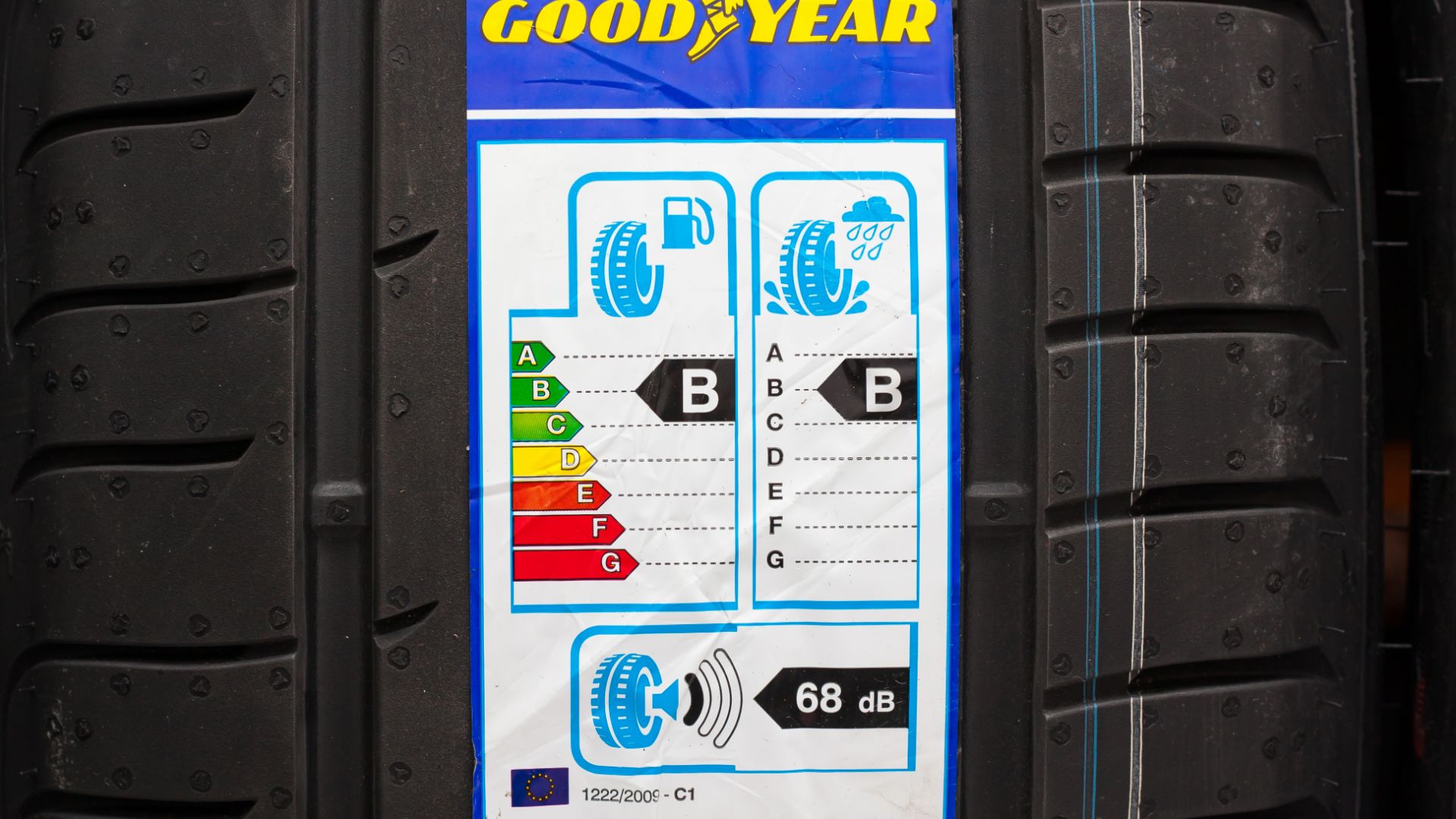
So, what is the tyre energy label? Briefly, it’s a good way of comparing tyre performance – and indeed performance per pound.
Every tyre sold since 2012 has come with an energy label, much like you find on fridges and other white goods. It allows you to compare products at a glance, with simple graphics showing how they stack up for fuel economy, wet-road grip and noise.
Fuel economy
This is based on a tyre’s rolling resistance – i.e. how much friction it generates with the road. Measurements are taken on a calibrated test rig. The lower the rolling resistance, the better the fuel economy. The most efficient rubber earns an ‘A’, while the least efficient tyres are rated ‘G’.
Wet-road grip
Good grip is most important when the roads are wet, so this rating is based on wet-braking performance in a straight line. Experts say an A-rated tyre can stop in a 30 percent shorter distance than a G-rated one. That’s potentially the difference between a near-miss and a dangerous crash.
Noise
Anyone who regularly drives the concrete section of the M25 will know just how noisy tyres can be. This final infographic puts the tyre into one of three categories, based on the noise it emits in decibels – measured from outside the car – when cruising at a steady speed. One black bar means a quiet tyre, while three bars is noisier, albeit still within legal limits.
Do I need different tyres for winter weather?
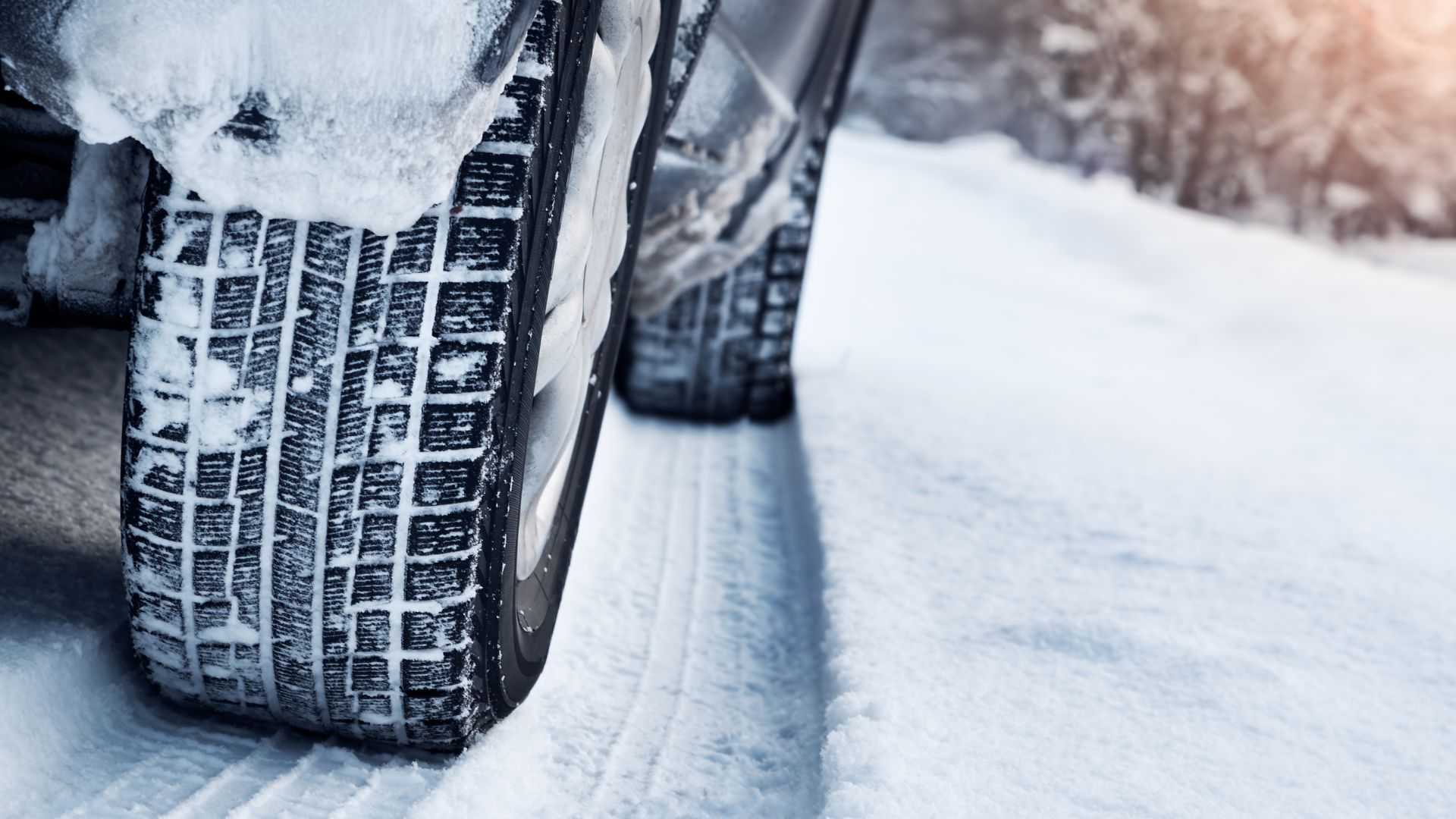
Having the right tyres for the conditions can be transformative. On snow and ice, a two-wheel-drive car with winter tyres will fare better than four-wheel-drive SUV with standard rubber. It doesn’t matter which wheels are driven if traction isn’t put to the ground effectively.
Winter tyres offer much-improved grip in cold conditions, including on dry roads if the temperature is below 7 deg C. They are actually mandatory during the colder months in some European countries. Just as slick rubber will dramatically increase performance on a dry track, so winter tyres boost grip in colder, frostier conditions.
There are also tyres suited to all types of conditions. ‘All-season’ doesn’t necessarily mean they’ll only work in a blizzard.
Are your car tyres safe?
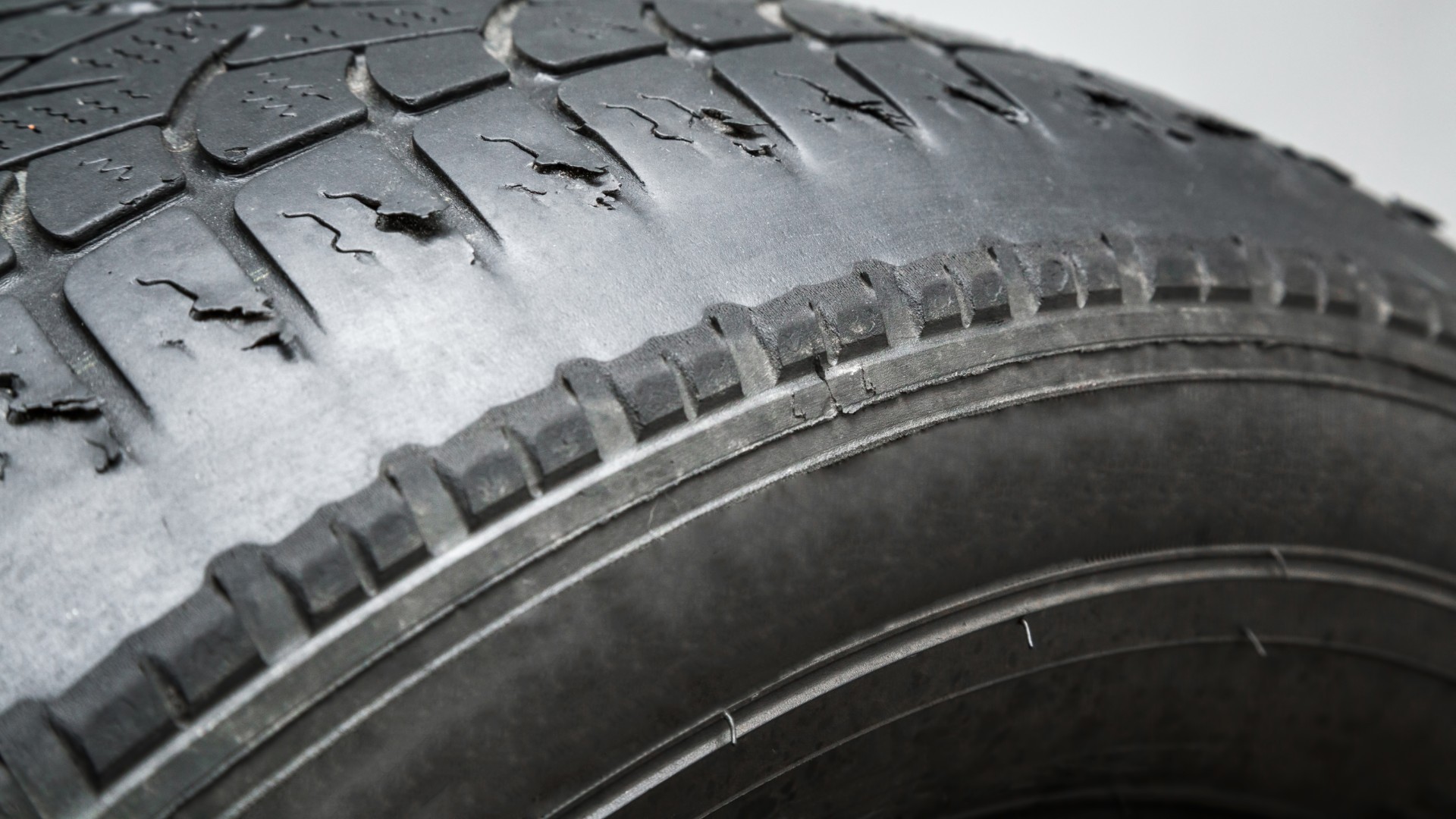
The law says you must replace a tyre once the tread-depth drops below 1.6mm across three quarters of its surface. An easy test is to place a 20p piece in the groove of the tyre. If the outer band of the coin is hidden, your tyre is legal.
However, bear in mind that a new tyre has a tread-depth of around 8mm, so grip will be reduced – particularly in the wet – well before it reaches the legal limit. Consumer group Which? recommends replacing your tyres when tread depth reaches 2-3mm.
You should also check tyre pressures regularly. Over-inflated rubber could increase your risk of skidding or having a blowout, while too little pressure will increase fuel consumption and have a detrimental effect on handling. In both instances, your tyres will also wear at an excessive rate. The correct pressures for your car will be listed in the handbook. Alternatively, use the tyre pressure checker tool on the TyreSafe website.
Regularly check for flat spots, bulges, cracking and rubber degradation. A sun-dried tyre can be just as dangerous as having insufficient tread. Also, check they are still in-date. Look at the markings on the tyre’s sidewall and find a four-digit code. The third and fourth numbers here indicate the year of manufacture. If this is more than 10 years ago, replace your tyres.
Part-worn tyres: should you take the risk?
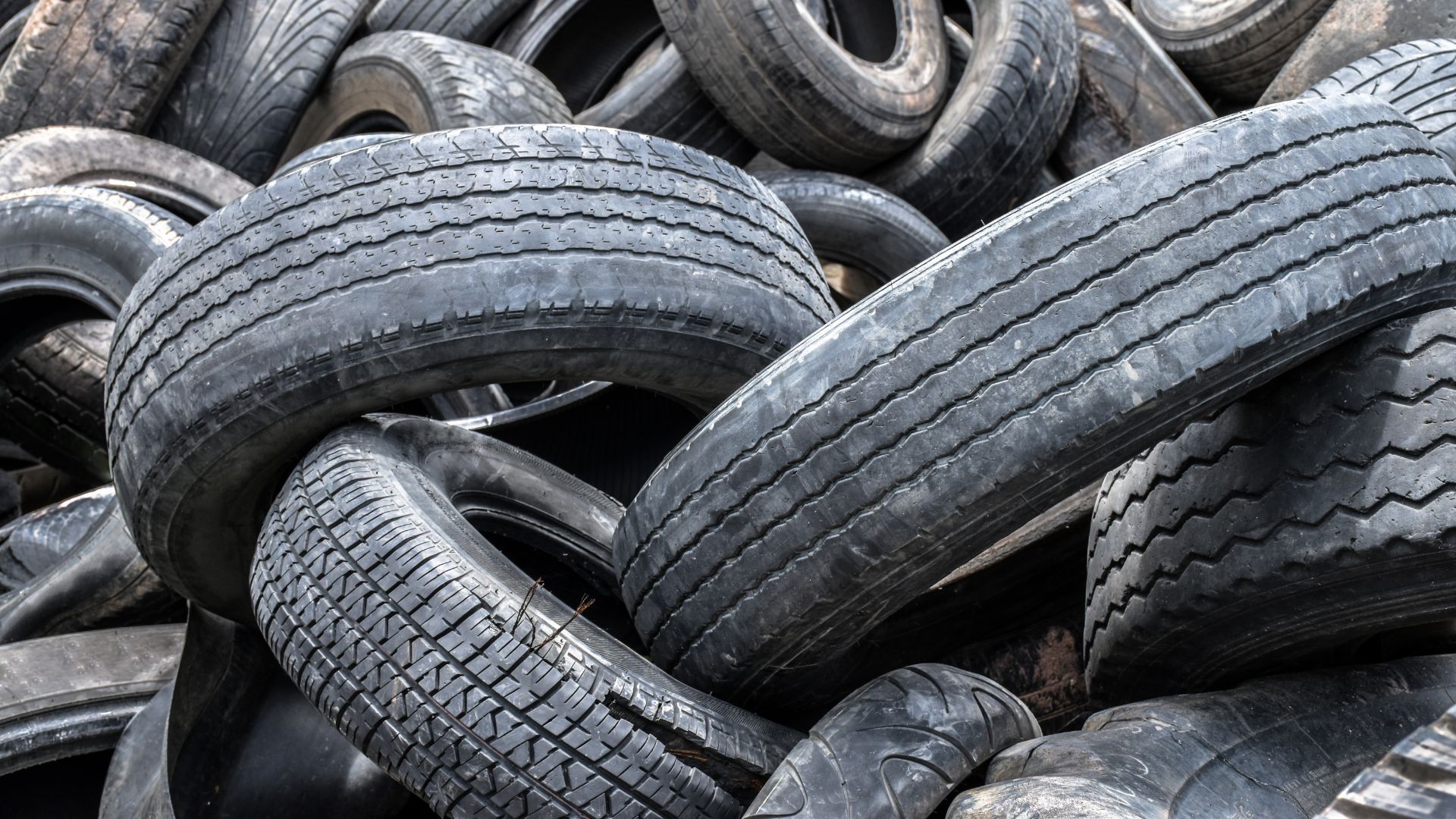
On the subject of safety, part-worn tyres are often a false economy. If you’re paying two-thirds of the cost of a new set for tyres with 4mm of tread left, you’re paying more than half the price for half the product.
Recent research has also indicated that as many as 90 percent of part-worn tyres in the UK aren’t safe for sale.
It isn’t illegal to sell part-worn tyres, but talk of a ban is in the air. If you really must, check for tread depth, pressure when inflated, flat spots, bulges, degraded rubber and other damage. Also check the date on the tyre.
Tyre sizes: explained
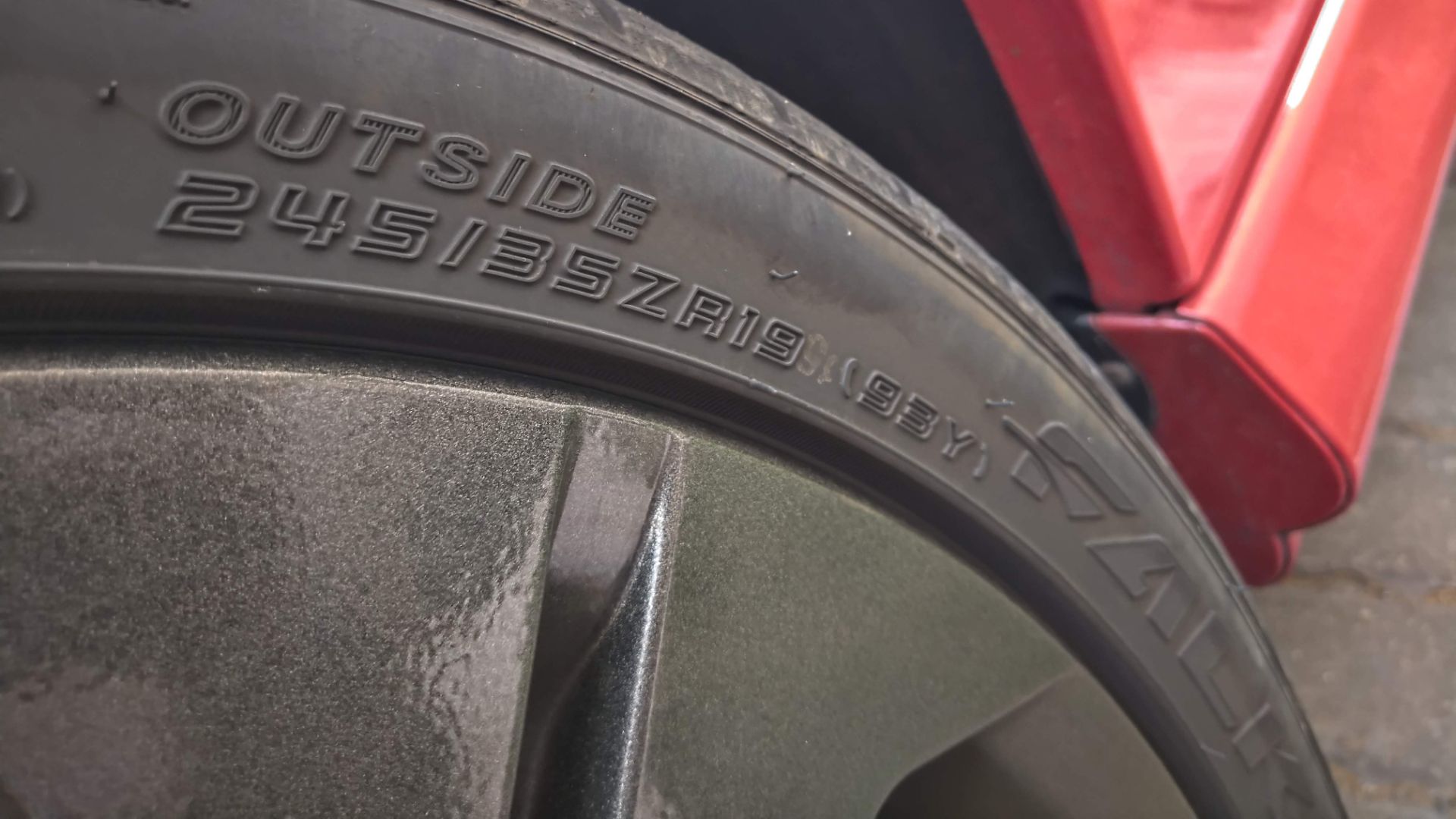
Tyres come in a wide range of different sizes. Check your car handbook, or read the markings on the outer sidewall to see what size your replacement tyre should be.
For example, a typical tyre size is 195/50 R15H. Breaking this down gives you:
- 195 – tyre width in mm
- 50 – tyre sidewall profile, as a percentage of tyre width
- R – stands for ‘Radial’. All modern tyres are radial-ply
- 15 – diameter of the wheel rim in inches
- H – speed rating (see below)
Regardless of the national speed limit being 70mph, you must fit tyres rated for the maximum speed of your car. Speed ratings are marked with letters and range from N (88mph) to ZR (over 149mph). You’ll find a full list of speed ratings on the TyreSafe website.
How to save money on tyres
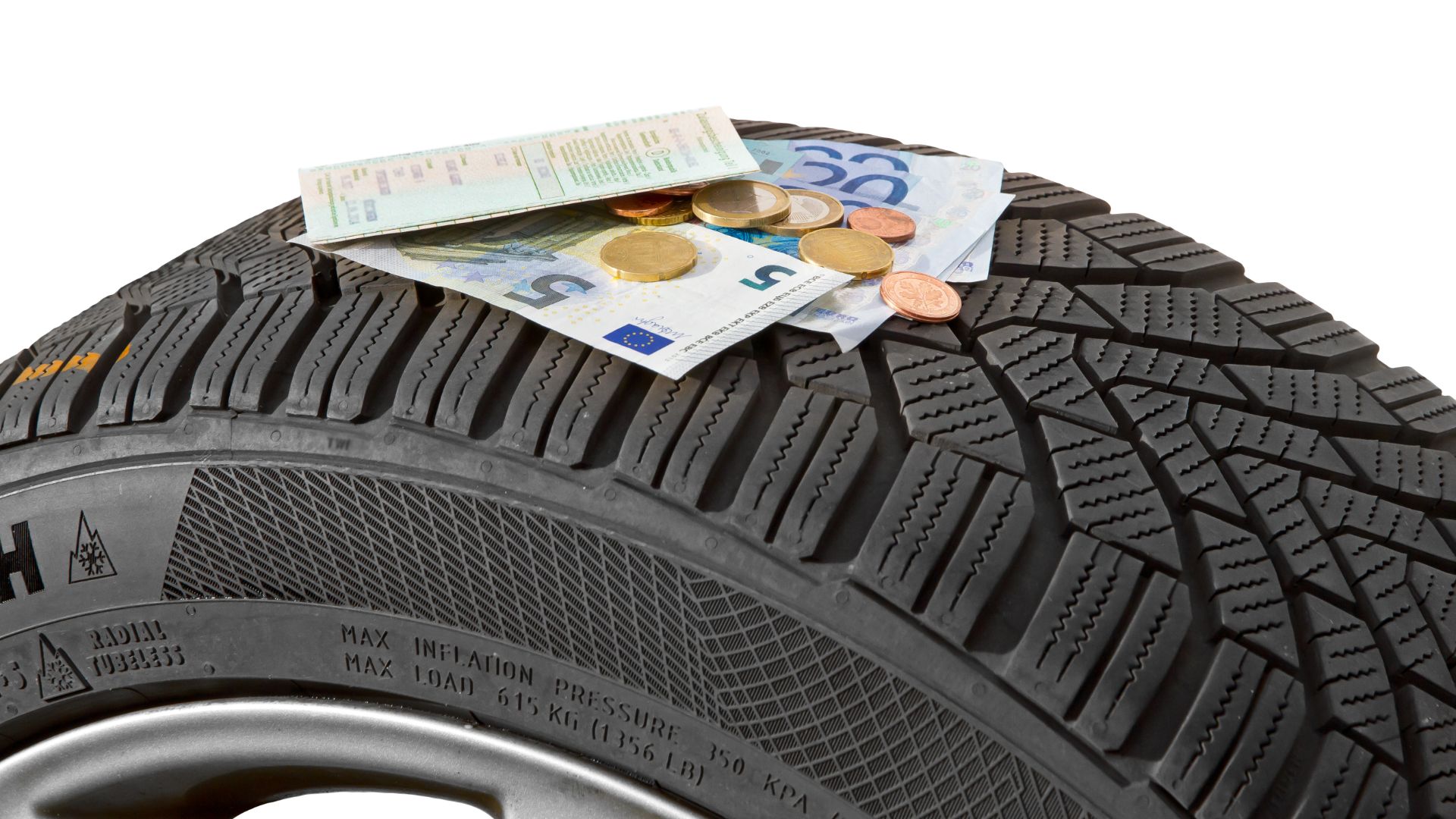
We really can’t say it enough – don’t scrimp on rubber. They are the most safety-critical part of your car, so buy the best you can. And there are ways you can avoid paying over the odds for good quality tyres.
If you need a tyre at short notice, the cheapest option will probably be an independent tyre fitter, rather than a franchised car dealer. Make a few phone calls to compare prices and ensure the fee you are quoted includes new valves, fitting and balancing. Remember, you can haggle.
If you have more time, buying online will almost certainly prove cheaper – and you may be able to have the them fitted at your home or office. Again, it pays to shop around as there are plenty of retailers competing for your business. Popular websites include Asda Tyres, Black Circles, MyTyres and Tyre Shopper.
ALSO READ:
What are the pros and cons of smart motorways?
Usually, this article is quite helpful to know about How to buy the right tyres for your car. thank you so much keep sharing informative posts.
It’s really important to fit new tyres to rear (then the used tyres to front), this is to ensure best grip at rear to reduce oversteer (very bad, ie back end slides to side. Very difficult to correct.). As confirmed by tyre manufacturers, advanced driving organisations, AA etc, tyre fitting companies and British Tyre Association. But beware……. most tyre fitters won’t do this because they can’t be bothered to do the swap – despite all organisations saying best to back. ALSO,,, winter tyres must be fitted as a set of 4. as confirmed by all these organisations. But look over winter and you’ll see many cars with winter tyres just on the front (so that’s best tyres at the front, which is against all these organisations’ instructions.)… C’mon everyone, Get a Grip !!
Also remember with winter tyres, you MUST inform your insurance company of the change, and virtually all insurance companies will insist all 4 tyres being swapped or the policy will be void.
Very useful point – thanks Dave.